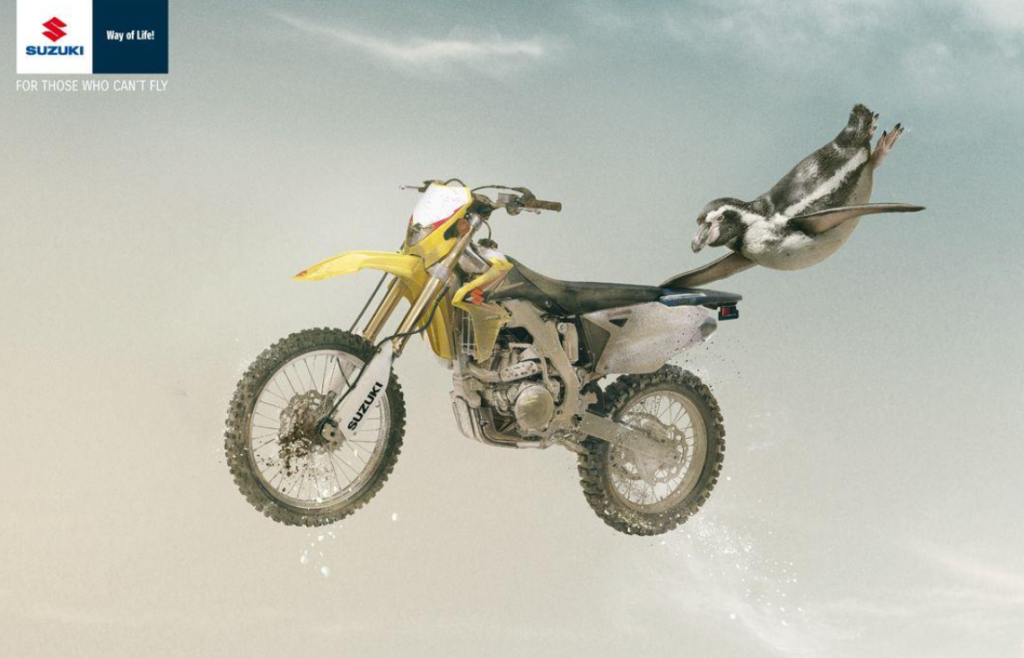
Unlike purchasing a brand new van from the factory with an extended warranty, a used van will have traveled thousands of miles for many years. Its service and usage history can be a mystery, and there is a concern that a chosen van is not as good as it appears.
Bodywork
 When checking the bodywork, you need to look for rust. It is quite obvious on the sills, wings, and below bumpers. You can also find it under wheel arches, door frame, and corners of the windscreen. Press the rust gently and if it produces cracking sounds, that will be a sign of corrosion.
When checking the bodywork, you need to look for rust. It is quite obvious on the sills, wings, and below bumpers. You can also find it under wheel arches, door frame, and corners of the windscreen. Press the rust gently and if it produces cracking sounds, that will be a sign of corrosion.
Suspension
When you push down every corner of the van, this will give you an indication of the condition of the shock absorbers. If the van bounces and returns to normal position, then the shock absorbers are fine. A test drive can also help know the condition of shock absorbers.
Lights
Lights can give you a hint about the electrical health of the car. Avoid buying a van if its brake lights, fog lights, indicators, headlights, and interior are not working appropriately.
Air Conditioning
Ensure that the air conditioning system is working properly. The fan ought to operate on all speeds, and air-conditioning compressor should be quiet. After checking the air-conditioning, perform other checks on the heater of the van.
Brakes
When you take used van out on the road, look for a safe, straight piece of road which you can test out braking system. The good thing about a brake test is that it helps determine whether the brakes have a good feel. When testing, listen to the grinding or squealing noises.
Tires
 As you know, tires are the only point of contact between the road and the van. This explains why it is necessary to check the sidewalls and treads of each tire, including the spare. The sidewalls of the tires ought to be free from bulges and damage. Uneven wear suggests tracking, steering, or even suspension issues.
As you know, tires are the only point of contact between the road and the van. This explains why it is necessary to check the sidewalls and treads of each tire, including the spare. The sidewalls of the tires ought to be free from bulges and damage. Uneven wear suggests tracking, steering, or even suspension issues.
Engine
The bonnet of the van ought to be cold before the engine is started. If it is warm, that is a sign that the engine is also warm. When checking the engine, check for signs of smoke and listen out for unusual noises.



